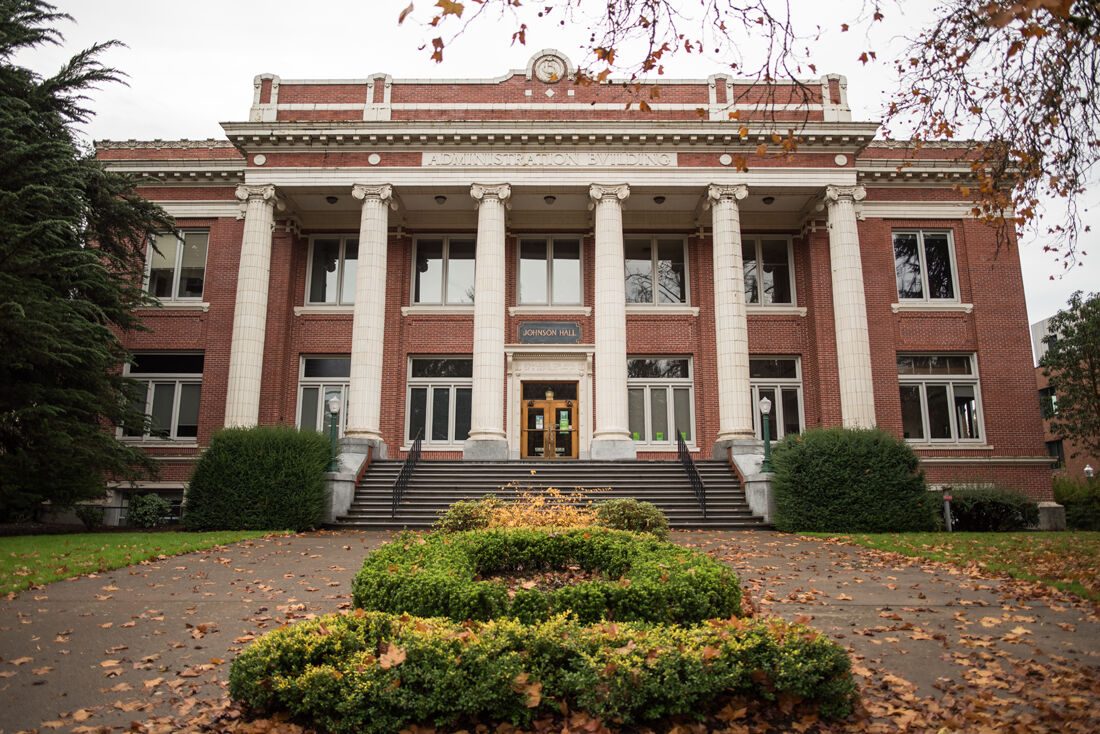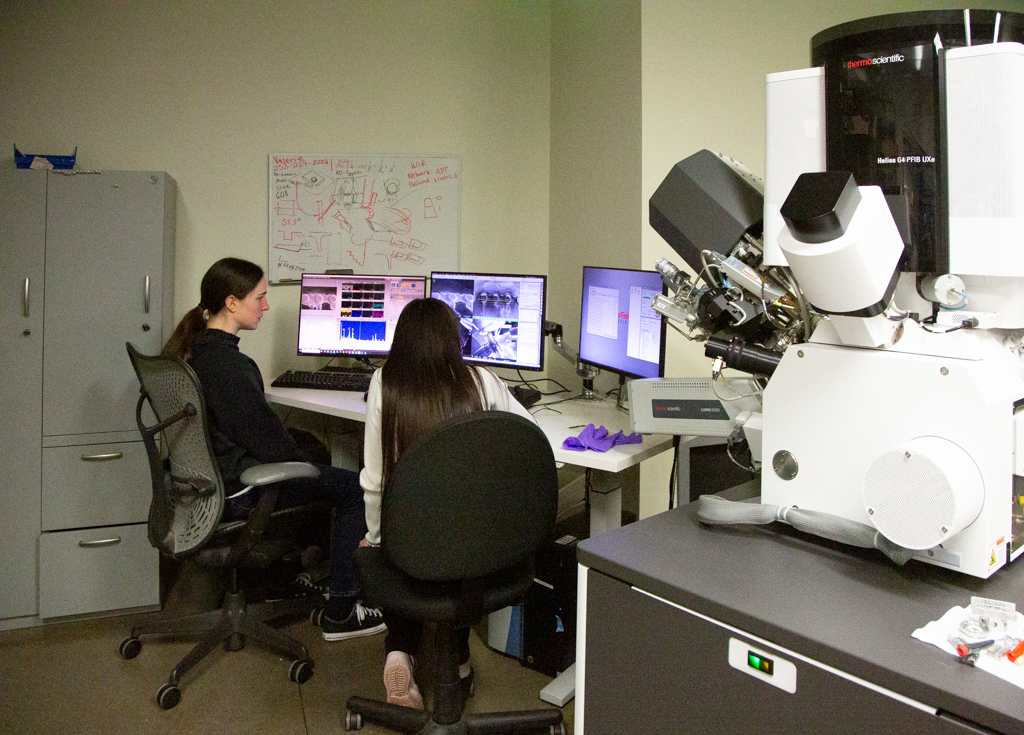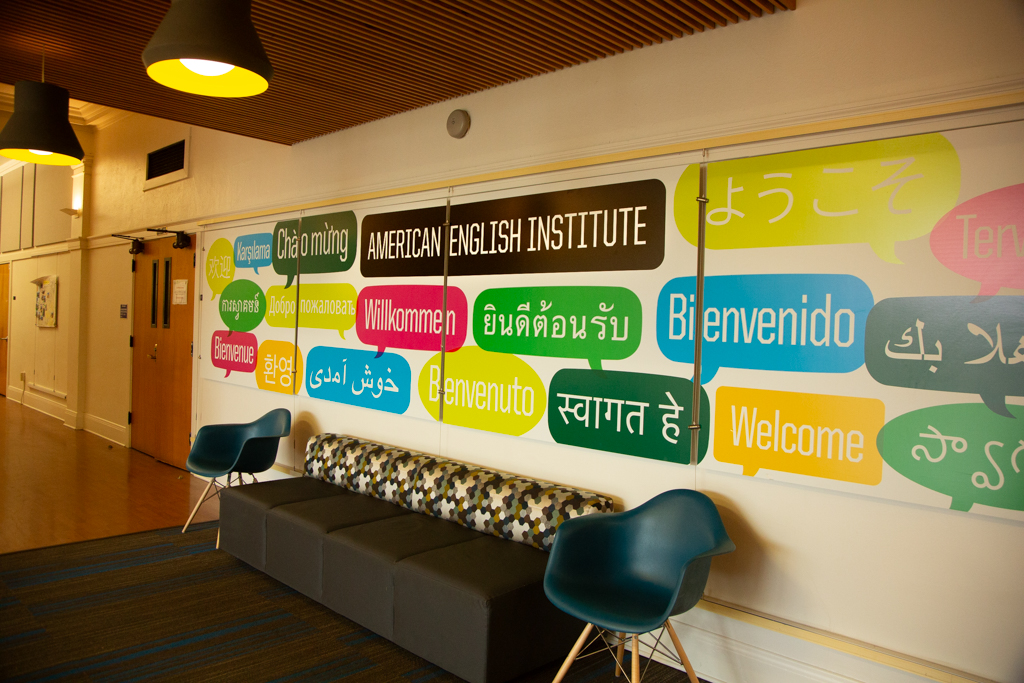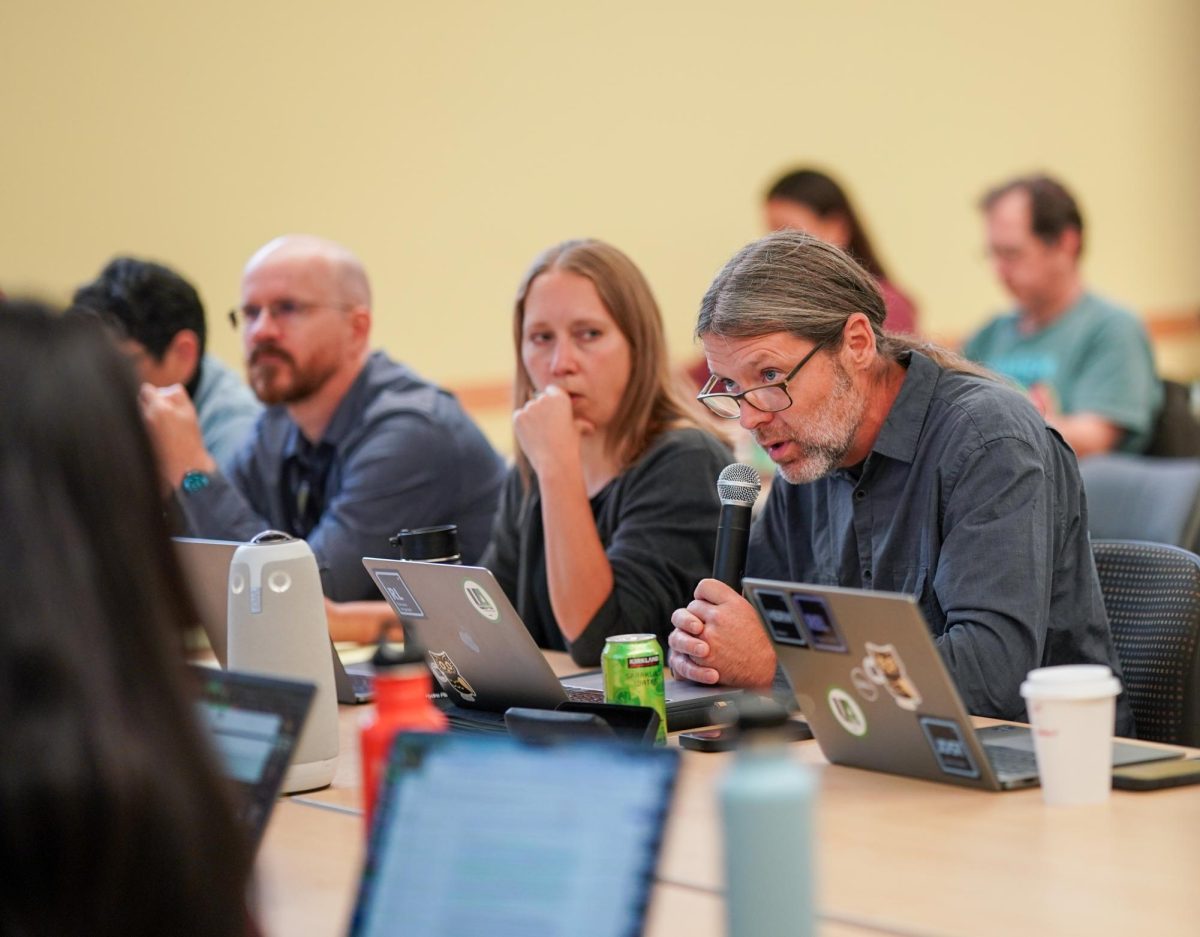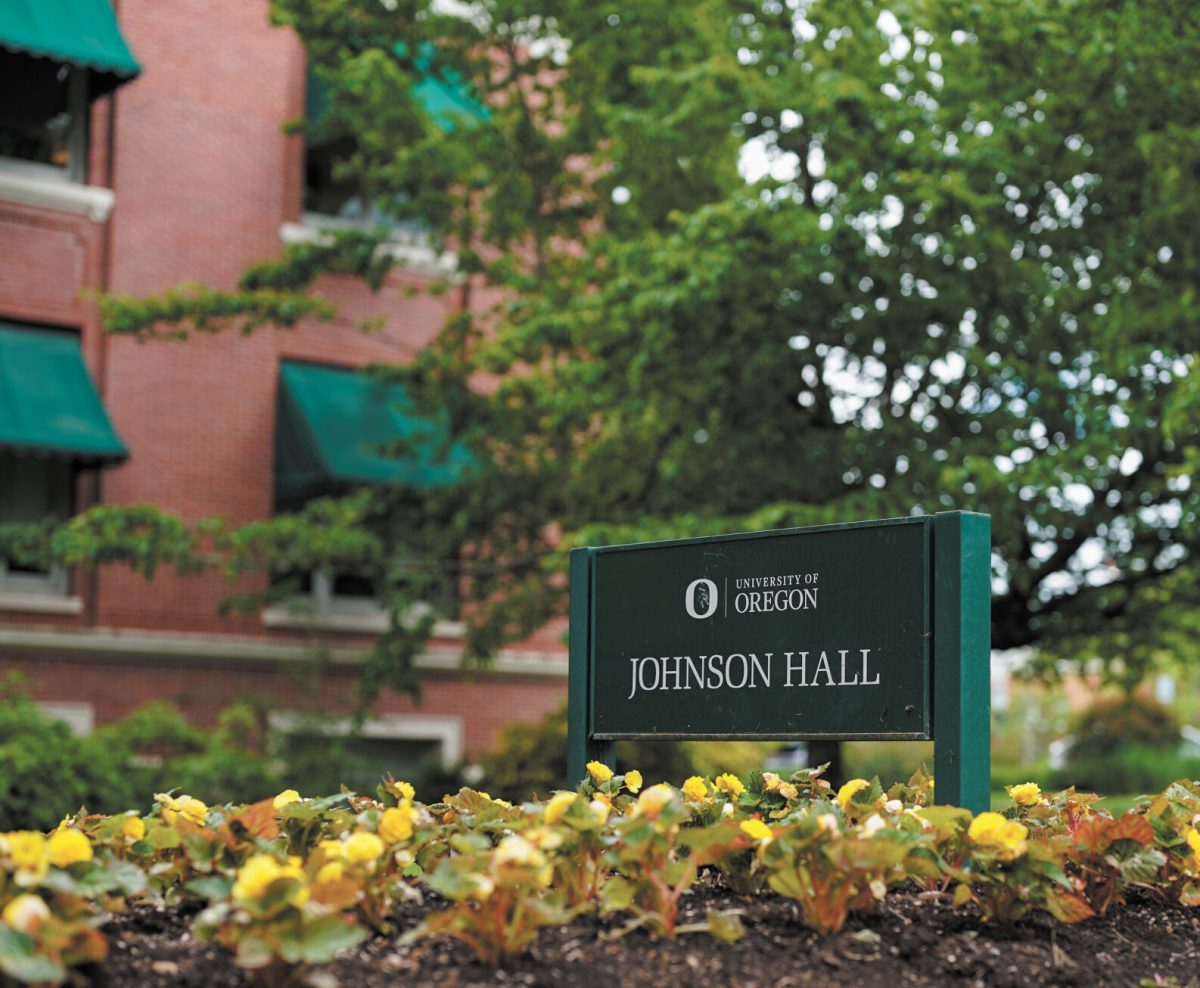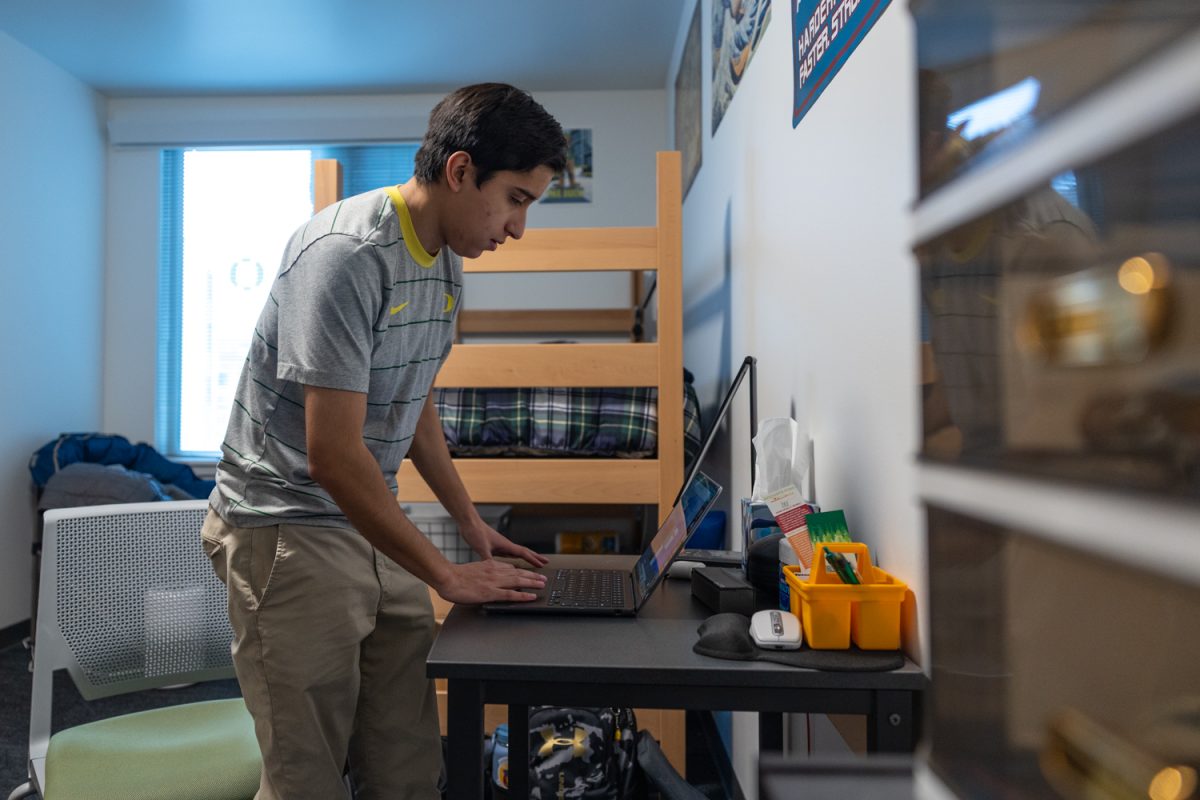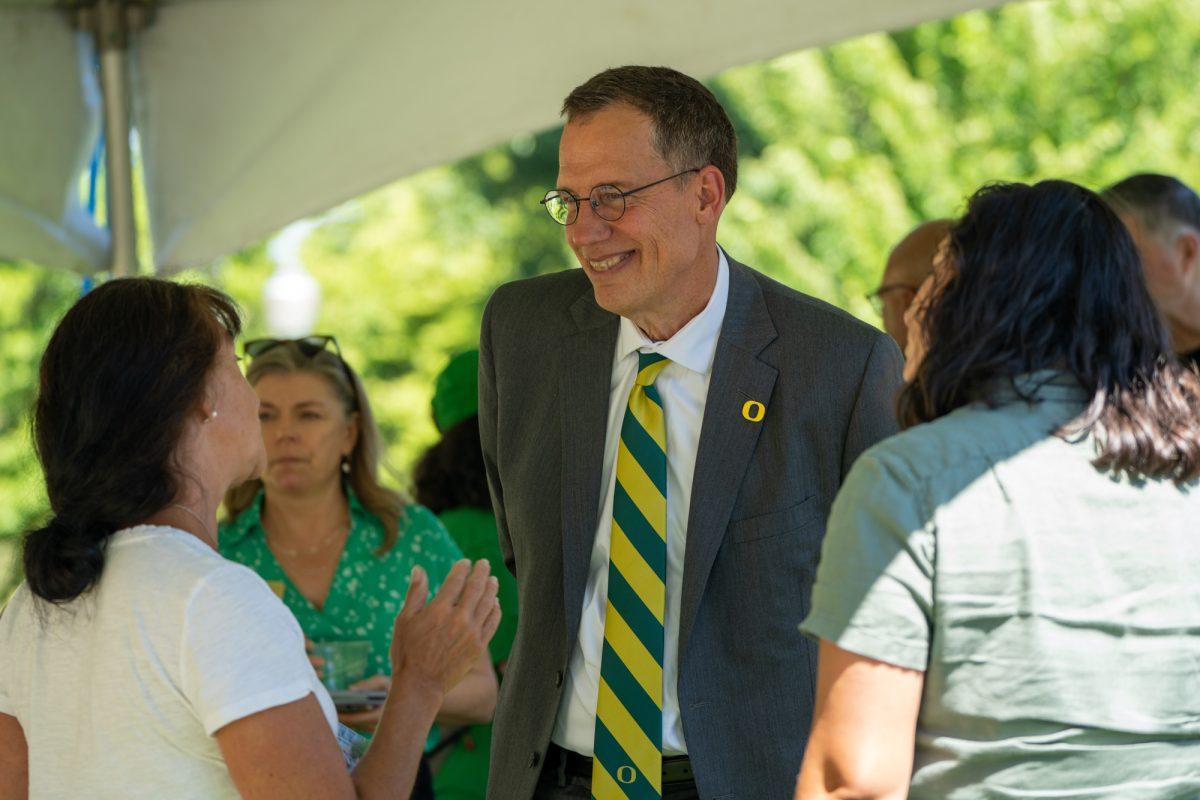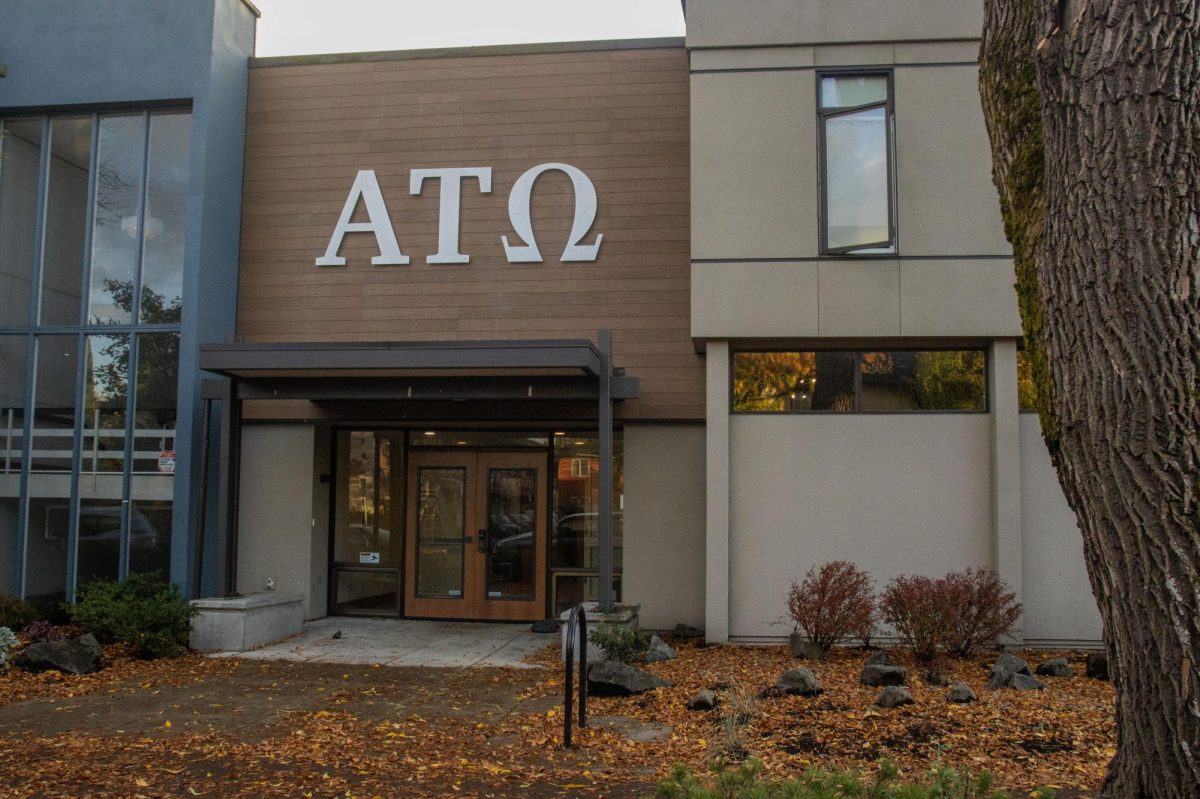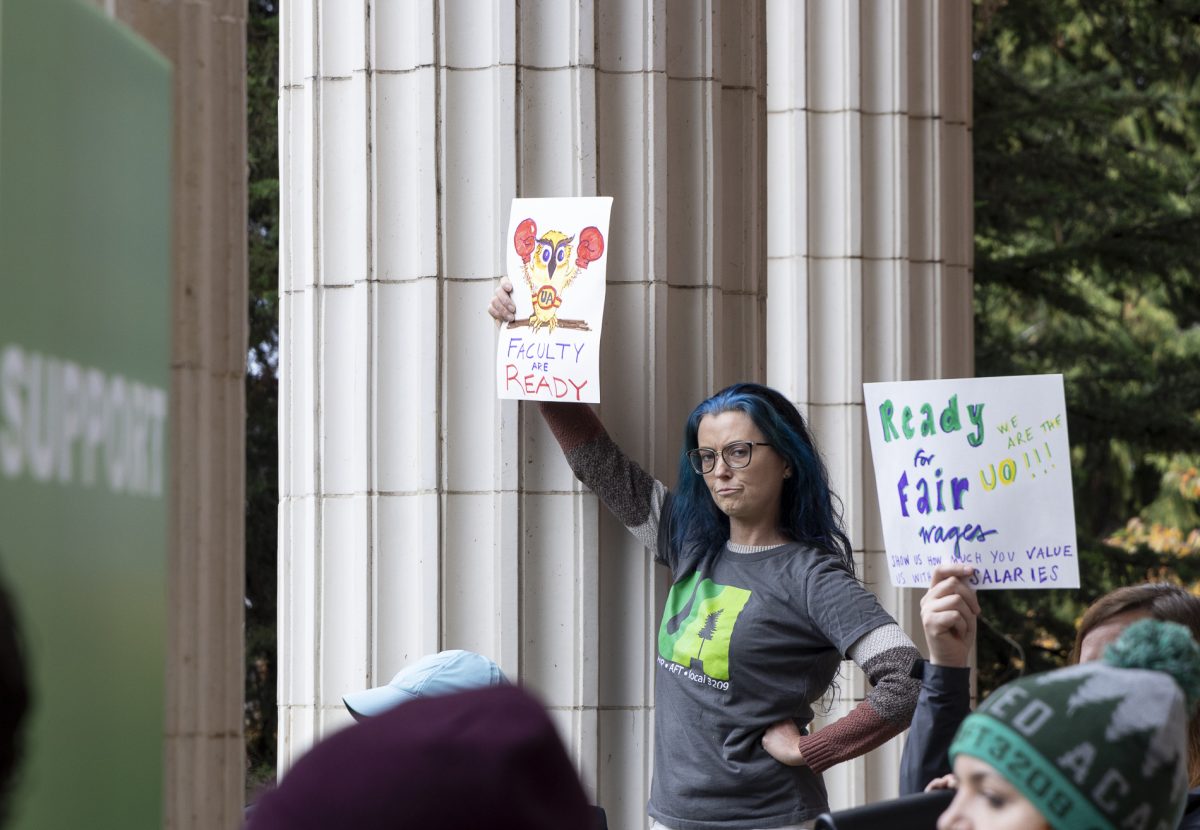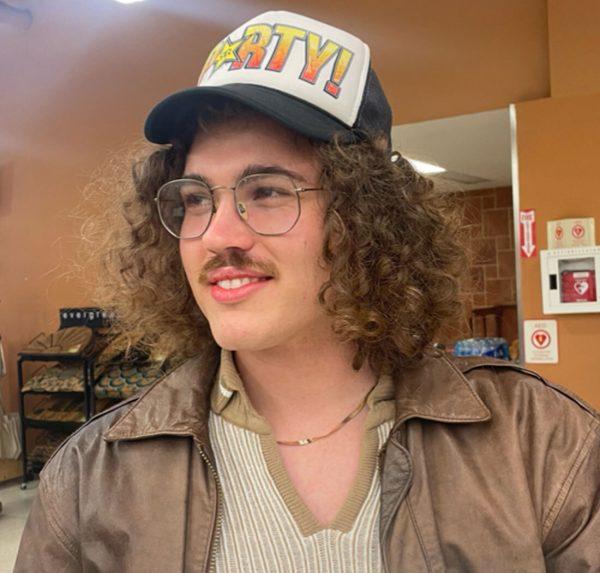With over 23,000 University of Oregon students and 5,600 employees, there are multiple boards and positions at the university that contribute to student representation, including the Dean of Students and the Board of Trustees.
In interviews with the Daily Emerald, several UO administrators spoke on how they represent students and how they strive for student success with their work.
Dean of Students
Jimmy Howard, interim dean of students, said that some of his goals for students are promoting the resources on campus and elevating student voices.
“I really want to make sure that [the] student voice is continuing to be elevated,” Howard said. “I want to make sure that we’re [UO] currently an institution, trying to meet the needs of our students.”
UO provides a variety of resources that students have access to, including the Basic Needs Program and the Multicultural Center.

Howard said that some ways he continues to support and represent students are by listening and being transparent.
“It’s about being open to listening and always being surprised about what students need, and never assuming that I know a student’s story,” Howard said.
Howard said that he finds it “easy” to represent students at UO.
“I’ve never found it hard to support a student or advocate for a student,” Howard said. “I think the challenge is where the needs confront the values of the institution and our perspective, our values and expectations as a community.”
Board of Trustees
For the past three academic years, Steve Holwerda, chair of the UO Board of Trustees, has been a member of UO’s governing board.
The Board of Trustees is made up of 15 members, including UO President John Karl Scholz and 14 volunteers who were appointed by Oregon’s governor. Each trustee holds a fiduciary responsibility for the university.
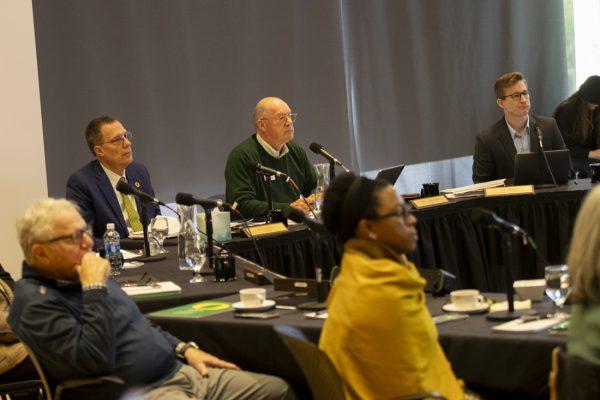
Some of the responsibilities as board chair include fostering transparency and facilitating productive discussions.
“There are prescribed duties that are formal and specific, but at the end of the day, my job is to listen to fellow trustees, foster transparency, facilitate productive discussion and keep our board within the guardrails of policy and oversight,” Holwerda said in an email statement to the Daily Emerald.
Holwerda said that he also supports students by making sure the university “remains fiscally solvent and viable.”
“I support the students by making sure their university remains fiscally solvent and viable, provides value for the cost of their education, remains safe, clean and accepting for all students,” Holwerda said.
Holwerda said that some of his values that he upholds when supporting and representing students are freedom of speech and inclusivity.
“I believe in making the university safe and inclusive for students from all races, genders, religions and sexual orientations,” Holwerda said. “I also believe in curiosity about opposing viewpoints, and I am committed to freedom of speech.”
According to Holwerda, there are times when the board’s decision conflicts with student support, such as when tuition increases.
“We know college has gotten meaningfully more expensive, and unfortunately the primary lever we have to pull to manage our rising costs [salaries, benefits] is tuition,” Holwerda said. “We are balancing the sustainability of the university with the value proposition of the educational experience based on cost.”
Considering how universities are full of various opinions, Howlerda said he welcomes a variety of perspectives.
“We welcome a variety of perspectives, and we want to hear them.”
UO Senate
The UO Senate is a partner in shared governance at UO. With over 40 members, ranging from professors in the UO College of Design to administrators, the Senate is responsible for furthering the mission at UO.
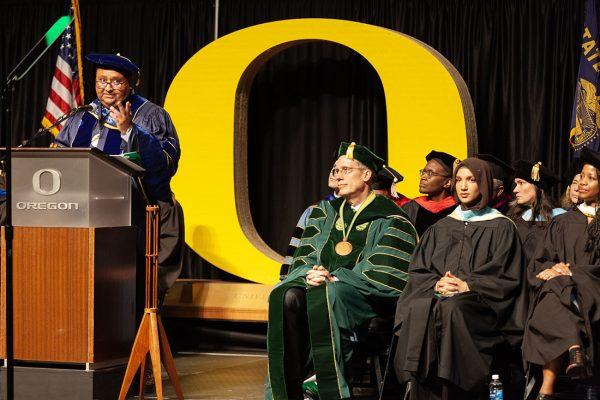
Alison Schmitke, president of the UO Senate, said that a commonality between each member is wanting to make “a difference” for instructors and students.
“[What everybody] has in common, who does their Senate service, is that they really want to make a difference, and this is a really direct way to do that because…we engage in shared decision-making that impacts academic life for instructors and students,” Schmitke said.
According to Schmitke, the Senate supports and represents students by including a variety of student perspectives in their decision-making process.
“But one of the reasons why we [the Senate] don’t move quickly is because we want to gain all kinds of different perspectives,” Schmitke said. “So when an idea or a policy that we’re asked to review… begins in a committee [and] where it begins looks very different than where it ends, and that’s because of all these places of input that people are able to give.”
The Senate gives students the chance to share their opinions and perspectives during their office hours or public meetings.
Undergraduate Education and Student Success
The Division of Undergraduate Education and Student Success oversees the undergraduate culture of academic excellence and engagement, access and success. Among the many individuals who oversee undergraduate success are academic advisors.
Jesse Nelson, assistant vice provost for advising and accessibility, said that the primary responsibility of an advisor is to help navigate students to get their degree.
Some other responsibilities of an academic advisor include guiding a student to student success and getting a perspective “on what students are experiencing.”
“Advisors have the job to say, ‘Here’s the roadmap, and let’s help you as a student to be able to navigate so that you can reach your dreams,’” Nelson said.
Considering the various backgrounds and perspectives at UO, Nelson said that advisors must be able to “hear” and “listen” to meet the individual “needs of a student.”
“The most critical piece is for an advisor to be able to hear and to listen to each individual student and say, ‘What are those students’ needs? What are the interest areas for each particular student?’” Nelson said.
Dean of the School of Music and Dance
Sabrina Madison-Cannon, dean of the School of Music and Dance, is responsible for one of the smaller colleges at UO.
But with nearly 300 performances each year and over 750 music and dance majors and minors, the school “rarely feels small,” Madison-Cannon said in an email statement to the Emerald.
Madison-Cannon also said that supporting students at the School of Music and Dance means everything from, “working with students on the specifics of a performance to supporting them with all the behind-the-scenes efforts of scheduling venues and coordinating staff and volunteers to assist during performances.”
She also said that the “best thing” she can do in attempting to represent students at the school is to “amplify the work they [students at the School of Music and Dance] are creating, performing, writing and presenting.”
Despite the size of the school, Madison-Cannon said that the School of Music and Dance differs from other schools and colleges on campus by the number of events and recruitments.
“We have a large event presence on the campus,” Madison-Cannon said. “We also put a lot of energy and resources behind recruiting undergraduate students directly to the School of Music and Dance.”




